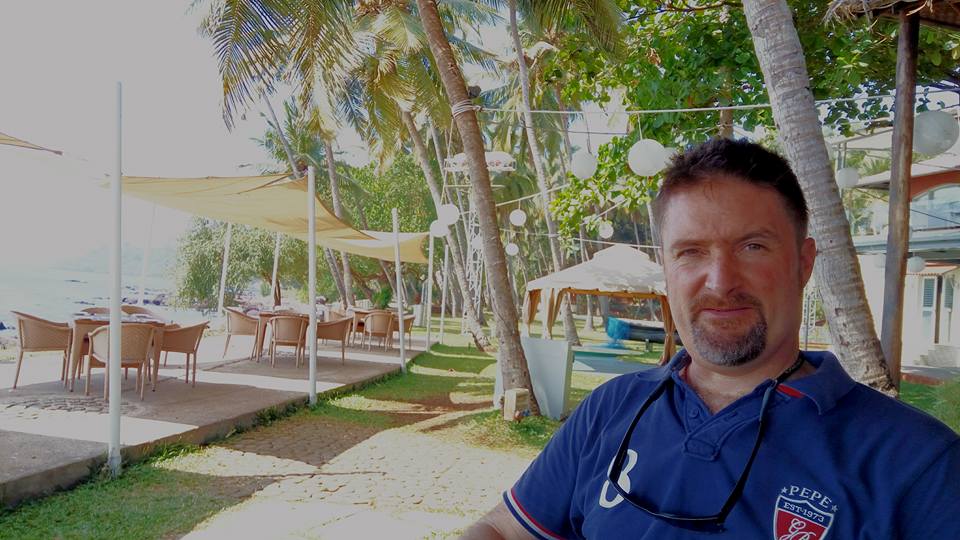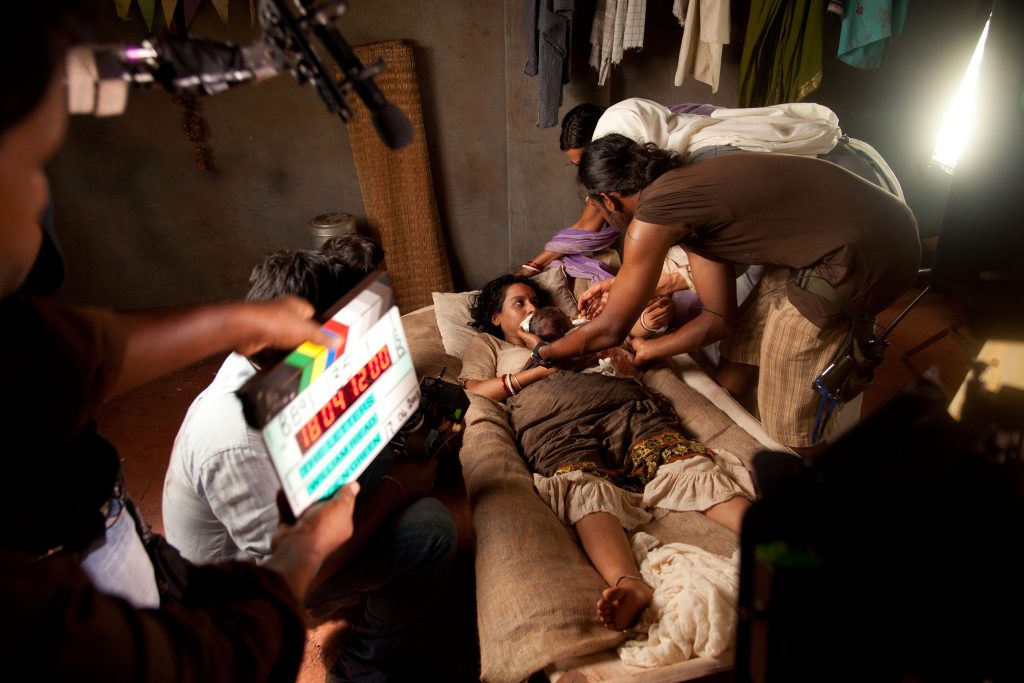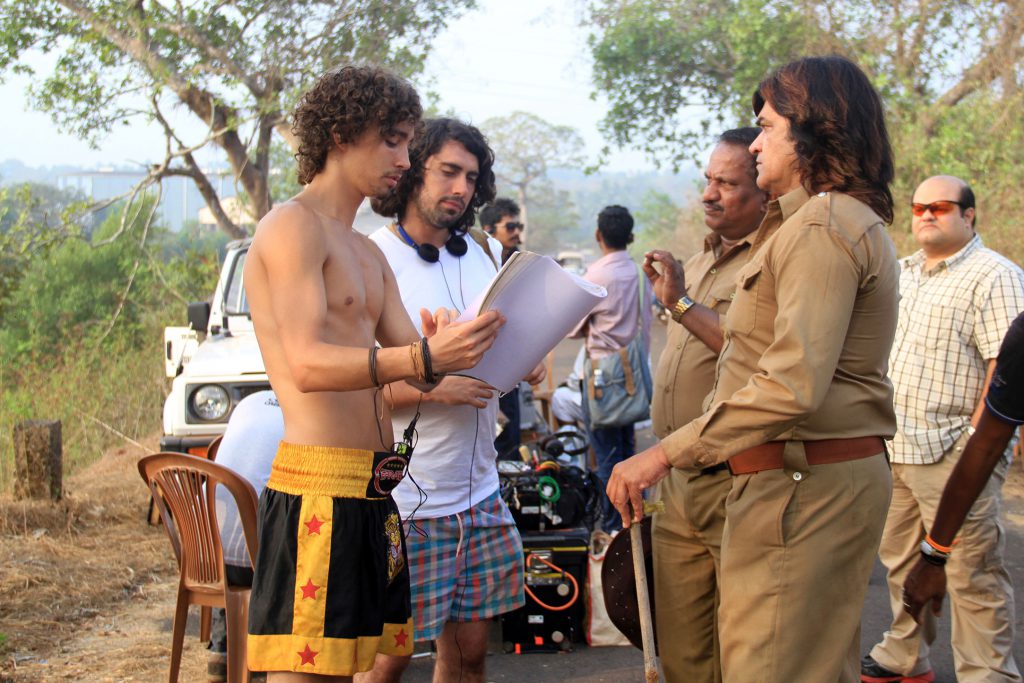A Producer’s Survival Guide to India - Part 2: Customs and Insurance
India is an astounding, ever-changing, chaotic melting pot of ideas, religions, landscapes and history that contribute to its mind-boggling diversity. Perhaps this is why so many creative minds have been attracted to the sub-continent over the years? It’s impossible to run out of inspiration. This five-part series will arm you with information, tips and advice to help get you started.
 If you intend to bring equipment with you, the easiest way is to include a comprehensive list showing details of all the equipment that you need to clear customs, with your permission application to the Film Facilitation Office (FFO) or embassy. This should include all the details you would expect to have on a carnet, e.g. make, model, serial number, country of origin, etc. (for each item of equipment).
If you intend to bring equipment with you, the easiest way is to include a comprehensive list showing details of all the equipment that you need to clear customs, with your permission application to the Film Facilitation Office (FFO) or embassy. This should include all the details you would expect to have on a carnet, e.g. make, model, serial number, country of origin, etc. (for each item of equipment).
The FFO or embassy will issue a ‘Customs Exemption Letter’ for you to show customs officials on arrival. Please note that consumables, costumes, make-up and other non-technical production resources cannot be covered this way and should be packed separately and presented to customs separately on arrival.
Two of the senior crew members will have their passports stamped and endorsed. They will be responsible for ensuring that the equipment is all present and correct when you depart India.
You can also use a carnet if you like, although not all ports of entry accept them so check in advance for the latest information. If you intend to bring large quantities of equipment via cargo, the services of a shipping agent with experience of clearing temporary imports for film productions will be invaluable.
 You should ensure that your local advisor has experience of complying with the legal requirements laid out in your Production Services Agreement (PSA). Don’t present your PSA at the last minute. Send your boiler plate agreement early on in your negotiations to ensure that things like insurance, releases and NDAs aren’t overlooked.
You should ensure that your local advisor has experience of complying with the legal requirements laid out in your Production Services Agreement (PSA). Don’t present your PSA at the last minute. Send your boiler plate agreement early on in your negotiations to ensure that things like insurance, releases and NDAs aren’t overlooked.
India is one of the most underinsured countries on the planet. It’s unlikely that your production service company or Fixer will have adequate annual public liability insurance to satisfy the terms of your PSA. Insurance companies often express surprise when asked to underwrite a USD10 million+ public liability insurance policy for a shoot. Having said that, film insurance policies are available from several companies in India.
You should note that it is rarely possible to insure foreign cast, crew and equipment via an Indian insurance company and when it is possible, it’s very complicated to achieve. Most productions are insured on a case by case basis and are underwritten according to the specifics of each production.
 This system also applies to cast, crew, imported equipment and weather insurance from your home country, as you will typically need some of the following from an Indian insurance company: Public Liability, Workers Compensation including Personal Accident cover for Indian cast & crew, and All Risk Equipment cover for Indian rental equipment.
This system also applies to cast, crew, imported equipment and weather insurance from your home country, as you will typically need some of the following from an Indian insurance company: Public Liability, Workers Compensation including Personal Accident cover for Indian cast & crew, and All Risk Equipment cover for Indian rental equipment.
Releases for locations, appearance, cast, and crew; health & safety and risk assessments are not given a high priority in India. A good test of your local advisors’ competence to handle international productions is to ask questions to ascertain their knowledge of these issues.
You might even ask them to send examples from previous productions which will not only reassure you that they have worked on international productions, but might also give you a good starting point when it comes to writing your own paperwork. Why reinvent the wheel?
Don’t forget to ensure that release forms and area release signs are available in the local language and script. This won’t always be English and Hindi as there are 23 official Indian languages. An ink pad is handy for thumb print ‘signatures’ in case of illiteracy.
As the head of Goa Film Services, Tony Cordeaux has years of experience navigating India's production and locations industry. For more information about filming in India, you can contact Tony here.
Related Posts
- A Producer’s Survival Guide to India – Part 5: Local Crew and Equipment
- A Producer’s Survival Guide to India – Part 4: Budgeting
- A Producer’s Survival Guide to India – Part 3: Travel
- A Producer’s Survival Guide to India – Part 1: Visas
- Filming locations and logistics in India
- Filming on location with Producer/Line Producer Sarah Forbes Campbell
- Filming on the South Island, New Zealand, with Location Manager Philip Turner
- Filming in Bolivia with the Benavides family
Related posts:
Comments
Not Logged in
You must be logged in to post a comment
There are no comments